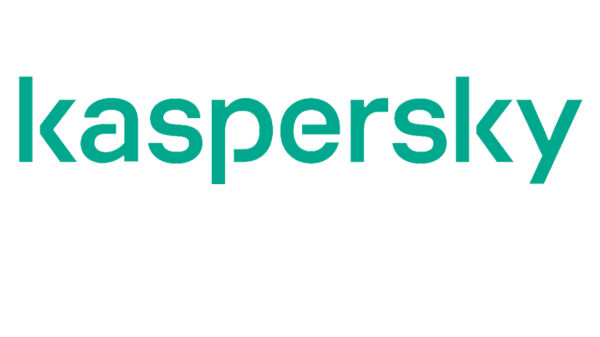Designed to protect users of Windows, OS X and Android-based devices, the newly launched Kaspersky security products which incorporate new technologies and enhancements promise to deliver improved level of protection against existing and new online threats.
These protection tools include Kaspersky Lab’s latest and first-ever multi-platform solution, Kaspersky Internet Security-Multi-Device (KIS-MD) 2015; and the latest version of Kaspersky Internet Security (KIS) for hardcore Internet users and Kaspersky Anti-Virus (KAV) for occasional Internet users.
The company says that Kaspersky Internet Security-Multi Device 2015, which can be activated on computers, tablets and smartphones with just one license, is essential in the Philippines, being one of the biggest and fastest growing market for Android smartphones in Southeast Asia. Among Southeast Asian countries, it is only in the Philippines where KIS-MD is available.

Jesmond Chang, Kaspersky Lab South East Asia’s Corporate Communications Manager discusses the enhanced protection features of Kaspersky Internet Security 2015, Kaspersky Anti-Virus 2015 and Kaspersky Internet Security–Multi-Device 2015, Kaspersky Lab’s first-ever multi-platform integrated security solution.
According to Singapore-based research firm GfK, the Philippines posted a staggering 326% increase in smartphone sales in 2012. It registered the highest Android penetration rate among six nations in the region in 2013, cornering 91% of the total smartphone sales locally.
“The popularity and affordability of mobile devices as well as the accessibility of Internet has made Filipinos more gadget-loving and Internet-savvy than their regional counterparts that it’s no wonder almost everyone’s going online from their devices here,” said Jesmond Chang, Corporate Communications Manager of Kaspersky Lab South East Asia.
However, Chang countered that this setting puts devices and personal information at risk and makes users victim of cyber attacks. “Unfortunately this scenario makes Filipinos become increasingly and easily vulnerable to cyber threats, particularly those using social engineering tactics, through multiple access points,” warned Chang.
“It is a very risky scenario but the availability of Kaspersky Internet Security-Multi Device, the latest addition to our roster of protection tools, can be an effective first line of defense for Filipinos against online attacks,” Chang said.
Protection of privacy and identity
In a study conducted by Kaspersky Lab and B2B International, it was found out that Internet users’ biggest concerns while online are the protection of their privacy and identity, their personal data, their finances and the safety of their children.
With the latest Kaspersky Lab’s releases, the company is delivering updated security products with enhanced protection features for devices that are used to interact, shop, and bank online. The key enhancements include improved level of protection against encryption malware; prevent webcam surveillance of the user; and shield against the risks of working on vulnerable Wi-Fi networks.
The solution’s Webcam Protection feature was developed to help monitor which applications attempt to connect to the webcam, warns the user of access attempts, and, if necessary, blocks webcam access. This way, users are confident that they are not observed without their knowledge or consent.
This protection feature can prevent webcam hacking, or intercepting images of documents containing bank details, credit cards, or personal activities that people prefer not to expose to strangers.
Another important enhancement is the so-called System Watcher which analyzes all processes running on the operating system. It also features a new data backup capability.
This feature is intended against threats that come from cryptomalware, or those that encrypt files and demand a ransom before restoring access to the information. System Watcher is a way to regain access to data without paying any ransom, and once it detects a suspicious program attempting to modify a user file, it instantly creates a local backup copy of the file, free from any external changes.
Wi-Fi Security Notification module
Kaspersky Lab has also introduced a Wi-Fi Security Notification module which verifies the security of Wi-Fi hotspots and alerts to any potential threats, such as a vulnerable network connection or the transmission of an unsecured password via the Internet. This feature provides users with tips and recommendations on how to securely configure their own Wi-Fi network.
In addition, improvements were also implemented into the Safe Money module to protect online financial transactions at every stage. Safe Money now blocks third-party applications from accessing the web browser clipboard, which may temporarily contain confidential data.
The solution also has a Cost-Aware Networking feature that is intended for users of paid Wi-Fi networks, 3G or LTE connections. This function reduces the amount of data communicated by the product via the net.
These latest versions of Kaspersky security products are now available in the local market with iSecure Networks as its distributor.
The Kaspersky Internet Security-Multi Device 2015, which provides protection for up to five devices, is sold at an introductory price of P1,980.
The one-user Kaspersky Internet Security 2015 can be bought at P990 while the one-user Kaspersky Anti-Virus 2015 is retailed at P760.
According to iSecure Networks, the company is currently offering a special promo where specially marked Kaspersky Internet Security 2015 and Kaspersky Anti-Virus 2015 boxes come with extra license/s for free valid for one year.
















































































































